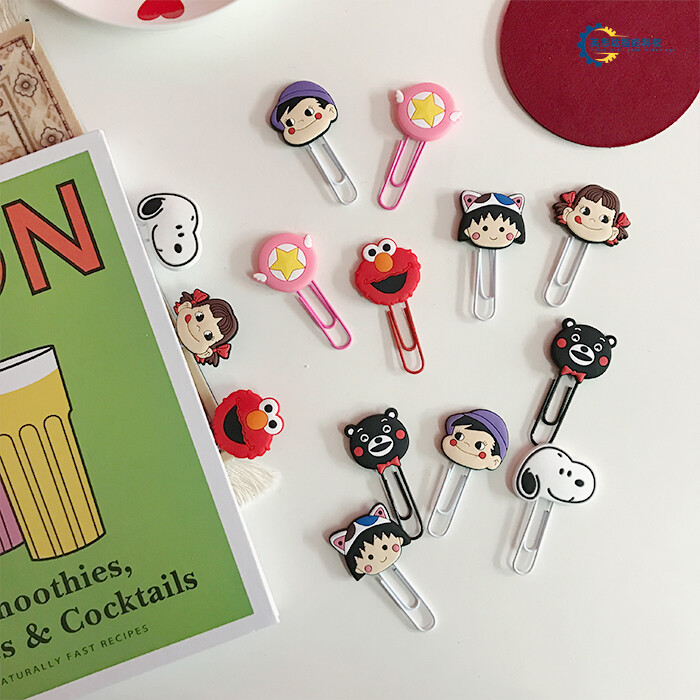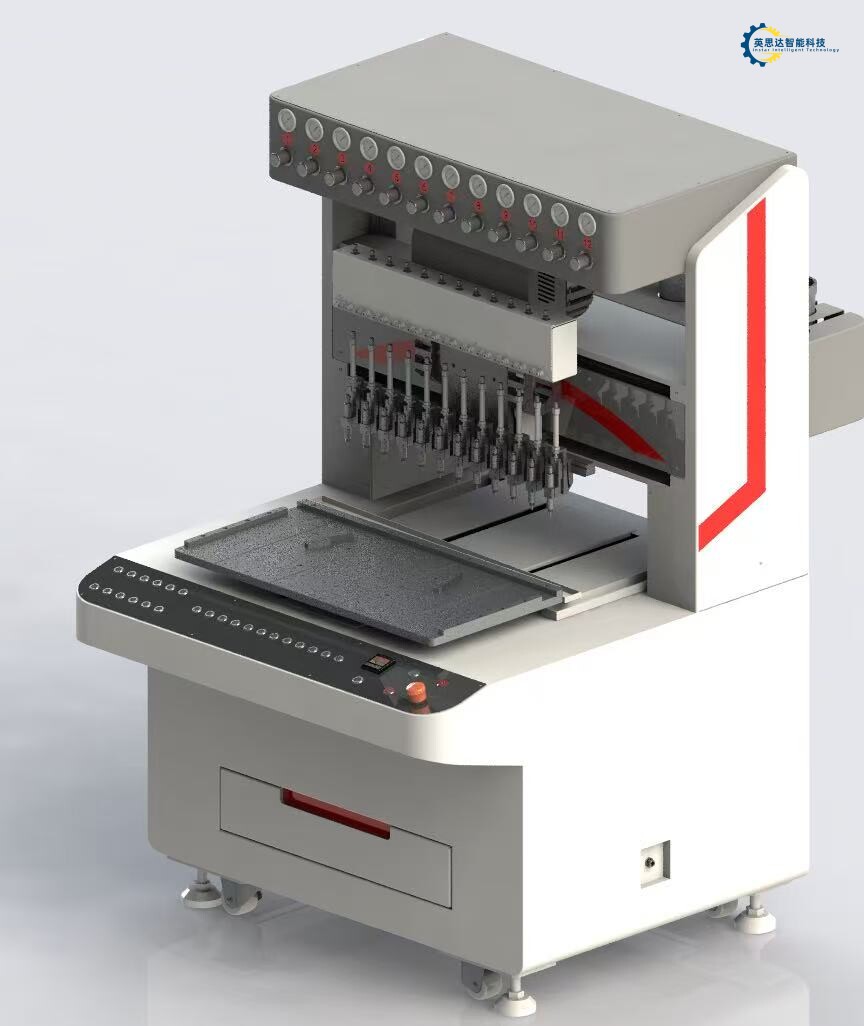Key Takeaways
So, you’ve stumbled into the wild world of T-shirt embossing machines—where fabric meets silicone sorcery and in-mold transfer technology turns plain tees into wearable masterpieces. Think of this machine as your 3D logo wizard, armed with heat, pressure, and enough automation to make even your laziest coworker jealous. Here’s the scoop:
First off, PID temperature control isn’t just a fancy acronym—it’s the machine’s inner perfectionist, ensuring your designs don’t end up looking like melted crayon art. Pair that with PLC automation, and you’ve basically got a robot butler ironing logos onto shirts while sipping digital tea. Oh, and did we mention eco-friendly production? Yep, this tech lets you save the planet and print unicorn logos that survive a zombie apocalypse (or at least 50 laundry cycles).
But wait—wash-resistant prints aren’t just a myth! Unlike that time you tried DIY glitter glue, these silicone designs cling to fabric like a toddler to a candy stash. Meanwhile, comparing in-mold transfer to screen printing is like pitting a Tesla against a tricycle: one’s sleek, precise, and doesn’t involve messy ink explosions.
So, if you’re ready to ditch the “Oops, my design washed off” shame, this machine’s your ticket to durable, eye-popping tees. Just don’t blame us when your cat starts demanding a custom-embossed collar.

In-Mold Transfer Embossing Technology Explained
Imagine if your grandma’s iron and a 3D printer had a baby—that’s basically in-mold transfer embossing technology. This wizardry combines heat, pressure, and silicone artistry to stamp designs onto fabrics so stubbornly, they’ll outlast your gym socks. Here’s how it works: a PID temperature control system acts like a neurotic chef, micromanaging the heat press to ensure every pixel of your logo gets baked to perfection. Meanwhile, the PLC automation plays the role of a bossy supervisor, yelling, “Faster! Tighter! Less jiggling!” to keep the machine humming like a caffeinated bee.
Why should you care? Let’s break it down with a table even your cat could understand:
| Traditional Methods | In-Mold Transfer |
|---|---|
| “Oops, my screen print cracked” | “Survives 50 washes and your ex’s criticism” |
| Manual labor = coffee breaks | Automation = nap time for operators |
| Messy ink spills | Cleaner than a TikTok influencer’s kitchen |
The secret sauce? Eco-friendly silicone molds that stick to shirts like gossip in a small town. No toxic inks, no guilt trips—just crisp, 3D logos that laugh in the face of washing machines. And let’s not forget the precision heat press techniques, which apply pressure so evenly, it’s like giving your T-shirt a spa day.
So, next time someone says, “Hey, cool shirt!” you can wink and say, “Thanks, it’s in-mold transfer embossing—basically magic for fabric.” Just don’t blame us if they ask you to conjure a dragon next.
Automated 3D Silicone Logo Creation Process
Imagine a T-shirt embossing machine that’s part artist, part robot, and 100% overachiever. This gadget doesn’t just slap a logo on fabric—it sculpts it. Using in-mold transfer technology, the machine works like a pastry chef piping intricate frosting, except instead of buttercream, it’s squirting 3D silicone with the precision of a cat avoiding a puddle. The process? Think of it as a tiny silicone Broadway show: heat and pressure take center stage, molding the design into a raised, tactile masterpiece that survives more washes than your favorite sitcom reruns.
“Why settle for flat when you can have drama?” – whispered every embossing machine ever.
Here’s the kicker: the machine’s PID temperature control is basically a thermostat with a PhD. It keeps the heat just right, avoiding the dreaded “burnt cookie” look. Meanwhile, the PLC automation system handles the heavy lifting, switching between designs faster than a toddler changes their mind about snack choices.
Pro tip: If your logo looks like it’s been through a blender, blame the operator—not the machine. These things have the patience of a saint and the accuracy of a laser-guided squirrel.
Oh, and eco-warriors? Rejoice! The silicone used is about as toxic as a marshmallow, making Mother Nature nod approvingly. Just don’t ask the machine to print your face. It’s good, but it’s not therapy good.
PID Temperature Control in T-Shirt Printing
Let’s talk about the PID temperature control system—the overachieving babysitter of your T-shirt embossing machine. Imagine a world where your printer’s heating elements have the mood swings of a teenager who just discovered espresso. Without PID, you’d get temperatures jumping around like popcorn in a hot pan. But with this tech? It’s like swapping chaos for a zen yoga instructor who whispers, “Breathe…steady…perfect” to your machine.
Here’s the science-meets-sorcery part: PID controllers use math (yes, math!) to predict the future. They analyze past heating mistakes, adjust present settings, and basically time-travel to ensure your 3D silicone logos don’t end up looking like melted crayon art. Too hot? The machine chills out. Too cold? It cranks up the heat faster than a cat realizing it’s raining outside. The result? Crisp, durable designs that survive laundry day better than your favorite socks.
And let’s not forget the drama of fabric types. Cotton, polyester, blends—they’re all divas with different temperature demands. PID doesn’t care. It’s the ultimate negotiator, keeping everyone happy without a single “but the other fabric gets to be 180°C!” argument. Plus, with eco-friendly production in play, this tech ensures energy isn’t wasted…unlike that gym membership you swore you’d use.
So next time you see a wash-resistant print, thank PID control. It’s the unsung hero making sure your shirt’s slogan stays sassy and your logos don’t ghost you after spin cycle #42.

Eco-Friendly Silicone Embossing Machines
Let’s face it—Mother Earth is tired of our fashion shenanigans. Between fast fashion’s landfill fiestas and dye runoff that turns rivers into abstract art, the planet needs a spa day. Enter eco-friendly silicone embossing machines, the unsung heroes of sustainable swag. These badgers (oops, machines) don’t just slap logos onto tees—they do it with the finesse of a yoga instructor and the carbon footprint of a ladybug’s sneeze.
How? By swapping toxic PVC and plastisol for food-grade silicone that’s so safe, you could theoretically frost a cake with it (though we don’t recommend serving “Logo Delight” at your next birthday party). The in-mold transfer process seals designs into fabric like a love letter in a time capsule—no peeling, no cracking, and definitely no “Oops, I washed my favorite band tee 50 times” tragedies.
But here’s the kicker: these machines are basically the overachievers of the garment world. They sip energy like a hipster sipping fair-trade coffee, thanks to PID temperature control that’s more precise than your aunt’s unsolicited advice. Plus, their PLC automation means fewer human errors—because let’s be real, someone always forgets to turn off the heat press.
So, while traditional methods are out here playing “Pollution Bingo,” silicone embossing machines are busy saving the planet, one wash-resistant unicorn graphic at a time. Take that, fast fashion!
Durable Wash-Resistant Fabric Printing Methods
Let’s face it—nobody wants their fancy T-shirt design to bail after a spin cycle like a cat dodging bath time. Enter in-mold transfer embossing, the superhero of fabric printing that laughs in the face of laundry day. Imagine slapping a 3D silicone logo onto a shirt with the kind of stubbornness usually reserved for glitter at a craft party. This method uses heat and pressure like a chaotic duo—think of it as a sauna session for your shirt, where the silicone bonds so deeply with the fabric, it’s basically adopting it.
Why does this matter? Because wash-resistant prints aren’t just a luxury—they’re a survival tactic. Traditional methods fade faster than your enthusiasm for January gym memberships, but PID temperature control ensures the heat press doesn’t go full dragon-mode, melting your design into a modern art blob. Meanwhile, PLC automation handles the precision like a robot chef slicing sushi, ensuring every shirt gets the exact amount of silicone love.
And here’s the kicker: these machines are eco-friendly, using less energy than your roommate’s midnight gaming rig. So, whether you’re printing durable logos for a punk band or your cousin’s questionable "I ♥ Hot Dogs" merch, this tech guarantees your design will stick around longer than that one goldfish you won at the fair.

PLC Automation in Garment Embossing Systems
Imagine if your morning coffee routine was run by a PLC-automated system—no more accidentally pouring oat milk into your cereal instead of your mug. That’s the kind of glorious precision garment embossing machines bring to the table, minus the caffeine cravings. These brainy little controllers are the unsung heroes of the textile world, turning what used to be a "cross your fingers and hope" process into a symphony of silicone perfection.
Gone are the days when operators had to play a sweaty game of "guess the temperature" while manually adjusting knobs. With PLC automation, the machine basically says, "Relax, Karen—I’ve got this," and handles everything from pressure settings to timing like a micromanaging boss who’s weirdly good at their job. It’s like having a robot butler that specializes in stamping flamingos, unicorns, or your ex’s face onto shirts with military-grade accuracy.
But here’s the kicker: these systems aren’t just smart—they’re adaptable. Swap a design, and the PLC doesn’t panic. It simply mutters, “Cool story, bro,” recalculates the parameters, and gets back to work. This means fewer errors, less fabric wasted on “oopsie-doodle” experiments, and more time for factory managers to brainstorm why 3D silicone logos haven’t been used to bedazzle everything from socks to sofa cushions yet.
Oh, and did we mention consistency? PLC-driven machines churn out designs so uniform, you’d think they were cloned by a team of OCD-inspired robots. Whether it’s the first shirt or the thousandth, each embossed unicorn’s glittery mane stays crisp—no lopsided horns or accidentally derpy expressions. It’s the closest thing the apparel industry has to a magic wand, minus the questionable fairy dust.
Comparing In-Mold Transfer vs Screen Printing
Picture this: screen printing is like that overly enthusiastic friend who shows up with 17 tubes of glitter for a “simple craft night.” Sure, it gets the job done, but good luck cleaning up afterward. Traditional screen printing slaps ink onto fabric through a mesh stencil, creating vibrant colors but often leaving designs stiff enough to double as cardboard inserts. Wash it a few times, and suddenly your band logo looks like it survived a bleach tornado.
Enter In-Mold Transfer Technology—the Marie Kondo of apparel decoration. This method skips the mess by embedding 3D silicone logos directly into the fabric using heat, pressure, and the kind of precision usually reserved for heist movie laser grids. The result? Designs so smooth they’ll make your t-shirt feel like it’s secretly made of velvet. Plus, those wash-resistant prints cling to your clothes like a toddler who just discovered superglue.
Here’s the kicker: while screen printing demands a small army of screens, inks, and post-cure rituals, PLC automation in in-mold systems turns production into a “set it and forget it” crockpot recipe. No fuss, no glitter explosions—just durable, eco-friendly prints that outlast your questionable fashion choices. Choose wisely, unless you want your logo to retire early.
Precision Heat Press Techniques for Apparel
Picture this: a machine so precise, it could probably iron out your life’s regrets while stamping a 3D silicone logo onto your favorite tee. That’s the magic of precision heat press techniques in apparel embossing. These machines aren’t just fancy toasters—they’re the Michelin-star chefs of the garment world, applying just the right mix of heat and pressure to make designs stick like that one embarrassing nickname from high school.
How do they avoid turning your shirt into a charcoal sketch? Enter PID temperature control—the tech equivalent of a control-freak friend who won’t let you overcook pizza rolls. It tweaks the heat in real-time, ensuring every press is Goldilocks-approved: not too hot, not too cold, but just right. Pair that with PLC automation, and you’ve got a system that’s basically a robot with a PhD in “Don’t Mess This Up.”
And let’s not forget the eco-friendly flex. Modern machines use silicone molds that laugh in the face of harsh detergents, making designs last longer than your resolve to finally fold laundry. It’s like giving your shirt a tiny suit of armor—except way more fashionable.
So next time you see a crisp, wash-resistant print, remember: it’s not just science. It’s a precision dance of heat, pressure, and a machine that probably judges your wardrobe choices.

Conclusion
So, you’ve made it to the end—congrats! If this were a T-shirt embossing machine workshop, you’d already be elbow-deep in silicone and high-fiving PID temperature control systems for keeping things cool under pressure. Let’s face it: in-mold transfer technology isn’t just fancy jargon—it’s the James Bond of apparel decoration. Imagine a machine that’s part chef (precise heat!), part artist (3D logos!), and part eco-warrior (goodbye, toxic inks!).
While screen printing is like that friend who still uses a flip phone, PLC automation here is basically the overachiever who finishes projects before the deadline—and bakes cookies for the team. Want a logo that survives 50 washes, a toddler’s birthday party, or an accidental trip through the dryer? This tech’s got your back, like a durable, wash-resistant superhero cape.
So next time someone asks, “Why does your band tee look fresher than my life choices?” you can smirk and say, “Oh, just some precision heat press magic.” Mic drop. Cue exit via confetti cannon made of silicone pellets.
FAQs
Why is in-mold transfer embossing like a tattoo artist for shirts?
Because it permanently bonds 3D silicone logos into fabric fibers using heat and pressure—no midlife crisis required. Think of it as giving your T-shirt a "tramp stamp" it’ll never regret.
Can my cat operate this machine? (Asking for a friend.)
While PLC automation makes it almost foolproof, we recommend keeping pets away unless your cat has a degree in PID temperature control. Spoiler: Mittens will still knock your coffee over instead.
Will these prints survive my laundry apocalypse?
Absolutely! Wash-resistant silicone designs laugh at hot water, spin cycles, and even that suspicious red sock. They’re clingier than a stage-five relationship—minus the drama.
Is "eco-friendly silicone" just greenwashing with extra glitter?
Nope! Unlike screen printing’s chemical cocktails, our machines use non-toxic silicone that’s safer than your cousin’s kombucha experiments. Mother Earth approves (and so does your nose).
Why does this machine sound like a sci-fi prop?
Blame the precision heat press tech and automated 3D molding. It’s basically a tiny superhero: faster than screen printing, stronger than your ex’s WiFi password, and way cooler to watch.
Can I print a meme on my shirt without it looking like potato quality?
Laser-guided alignment systems ensure your meme stays crisp—no "deep-fried JPEG" disasters. Finally, “Distracted Boyfriend” can live on your tee in glorious 3D.
Do I need a second mortgage to afford one?
Surprise! Eco-friendly embossing machines save cash long-term by ditching messy inks and reusing molds. Plus, they pay for themselves in the tears of your screen-printing competitors.
Ready to turn your T-shirt dreams into awkwardly permanent reality?
Please click here to annoy our experts with even weirder questions
(We promise not to judge your "Cat Lawyer 2.0" logo idea.)
